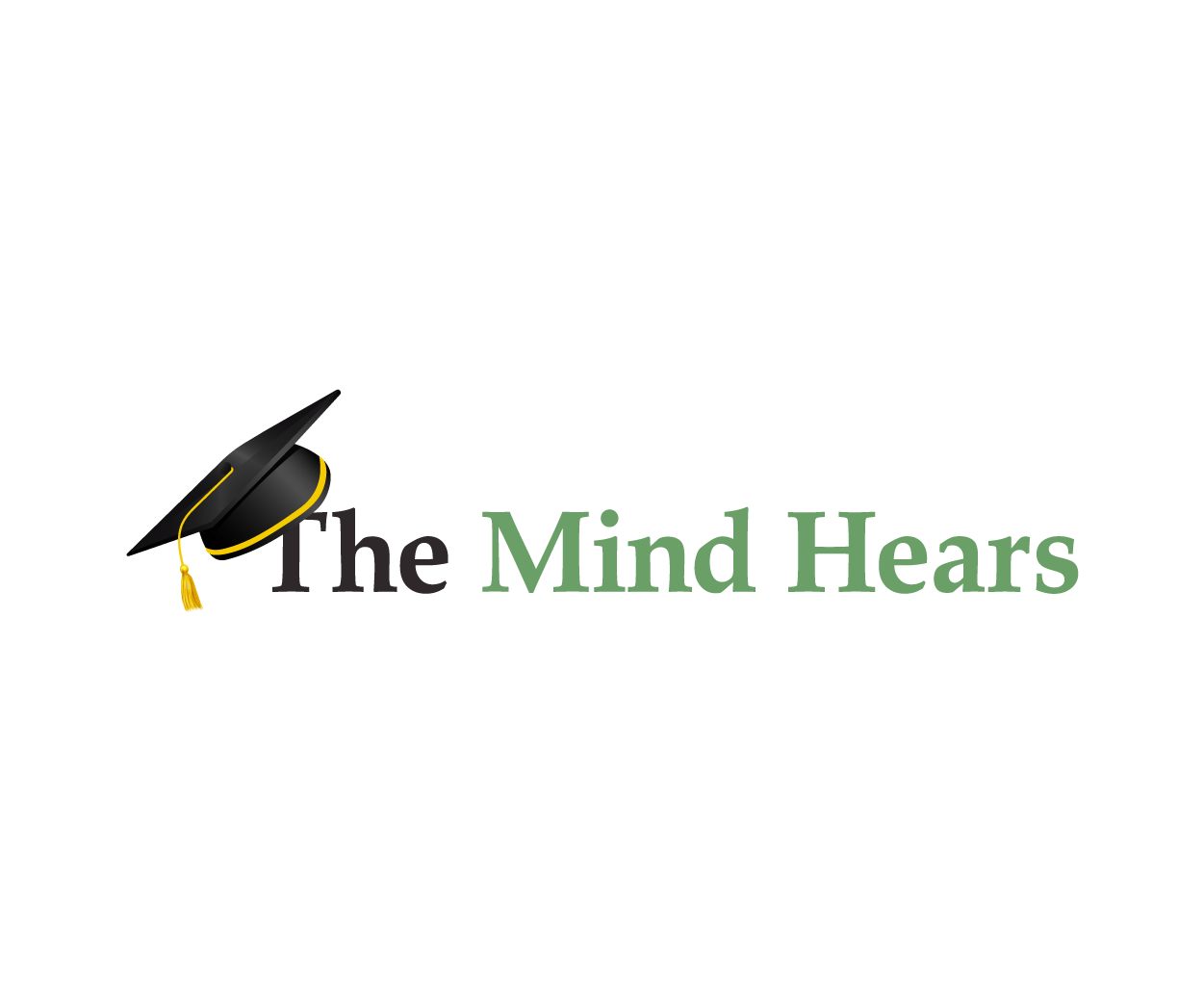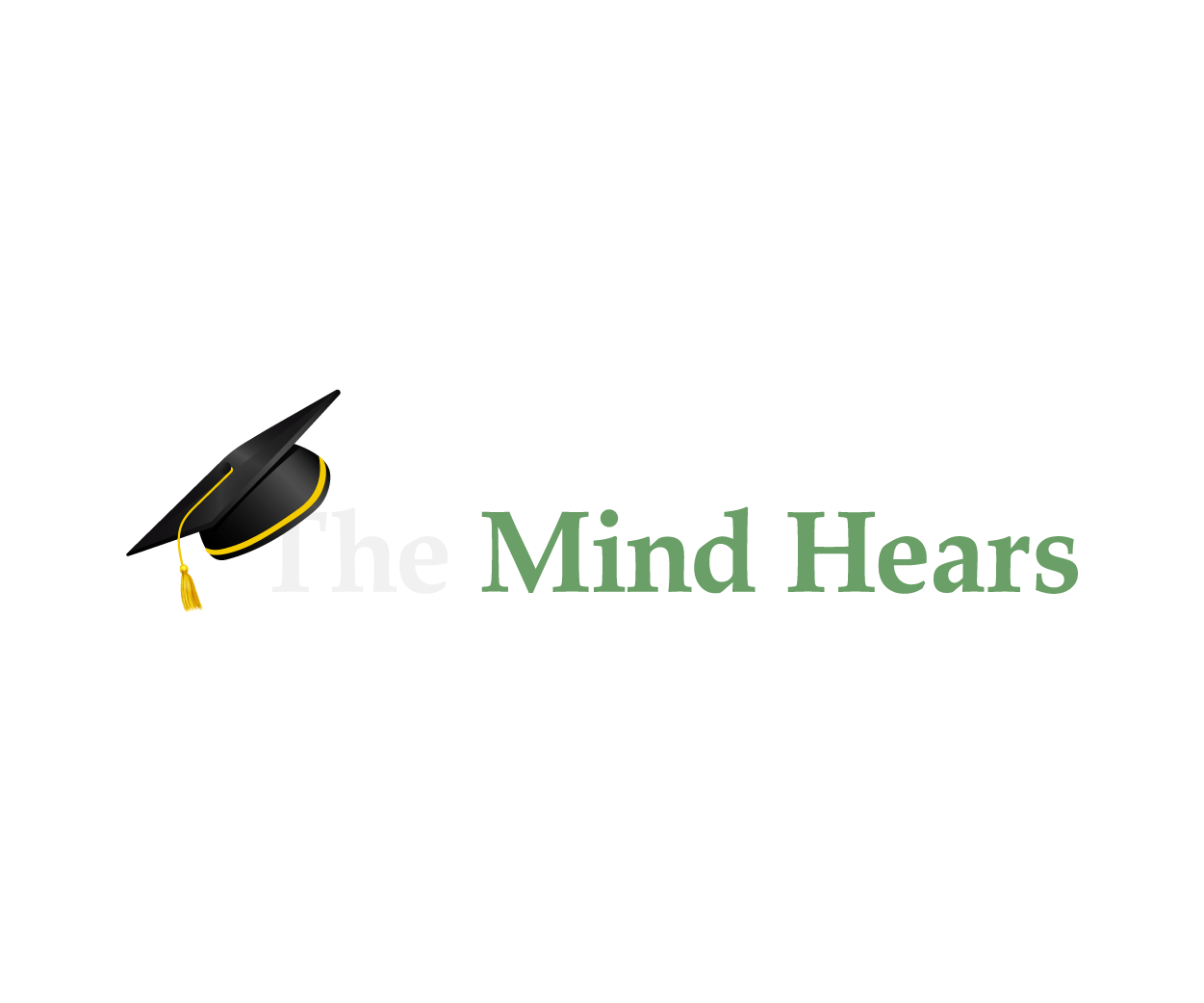teaching
New Year’s Resolution 2024: Improve accessibility of your workplace for your deaf/HoH colleagues
Chances are that someone in your department has hearing loss, whether they’ve disclosed this or not, and will benefit from your efforts to...
January 3, 2024The best place for my hearing aids is on my desk
Instead of expecting me to strive to be a hearing professor, why not expect that each of us makes the classroom less disabling...
December 19, 2023The Mind Hears Mission Statement – Welcoming Chinese speakers
Translated by ~Jenny Kung, Heather Fair, and Minru Li With help from Xiang Li, Anran Cheng, and Xiaoxu Ma The goal for The Mind...
September 22, 2022Presentando The Mind Hears [La Mente Oye] a académicos de habla hispana
-translated by Ana Our goal for The Mind Hears is to have it serve as a global resource for deaf and HoH (hard of hearing)...
April 21, 2022Dear Students: Listen Up. Like, for Real.
Is there anything as vulnerable as a deaf person standing in front of an expectant audience?
January 26, 2022Lessons from the pandemic: work innovations that we are keeping
The last year required a myriad of adjustments in our professional lives. For those of us in academia, much of it entailed moving...
December 2, 2021Making your in-person and remote workplaces accessible for your deaf/HoH colleagues
The Mind Hears annual post on how to make your in-person and remote academic workplace accessible to deaf/HoH colleagues.
January 4, 2021The Best Laid Plans: A remote teaching journey
This is a repost of The best laid plans from Dr. Rachel Obbard’s blog Pandemic Pedagogy. The post is the first in a series that chronicle...
May 12, 2020Sudden Remote Teaching – Deaf/HoH
As we know, the reality of "just switching to video chat classes" is NOT easy even for a hearing person teaching hearing people...
April 22, 2020Mandated equal opportunity hiring may not ensure equal considerations by hiring committees: A hypothetical scenario
-Ryan Imagine that you are a deaf/hard-of-hearing (HoH) person applying for a full-time academic position in a U.S. public institution of higher learning....
September 10, 2019

















